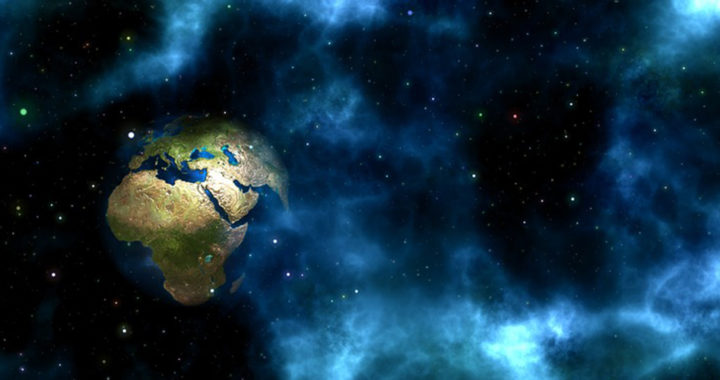The Earth drifts and wobbles as it rotates on its spin axis. Scientists call this phenomenon as spin axis drift or polar motion. Note that a perfect sphere should rotate smoothly when spun. However, the planet is not a perfect sphere.
Measurements for the 20th century revealed that the spin axis drifted 10 centimeters or 4 inches per year. That means that the Earth would drift more than 10 meters or 390 inches over the course of 100 years.
Nevertheless, based on observational and model-based data spanning the entire 20th century, scientists have determined further three broadly categorized causes of spin axis drift. These are contemporary mass loss primarily in Greenland, glacial rebound, and mantle convection.
The Three Processes or Causes of Spin Axis Drift: Reasons Why the Earth Drifts
1. Loss of Mass in Greenland
The contemporary melting of the Arctic due to global warming and climate change has redistributed mass on and within the Earth. Researcher Surendra Adhikari et al. at the Jet Propulsion Laboratory of NASA specifically noted that that loss of ice in Greenland plays an important role in the spin axis drift.
Data revealed that Greenland ice mass decreased by about 7500 gigatons throughout the 20th century. For comparison, this mass weighs more than 20 million Empire State buildings. The vanishing ice has transferred mass to the oceans and caused sea level to rise and by extension, for the spin axis of the Earth to drift and wobble.
Ice melt takes place in different parts of the North Pole and the South Pole or Antarctica. The location of Greenland makes it a substantial contributor to polar motion because it is 45 degrees from the North Pole. Note that the Patagonian glaciers in the South Pole would also become a significant contributor if it losses mass due to ice melt.
2. Post-Glacial Rebound
Note that massive glaciers depressed the surface of the Earth similar to how a foam mattress depresses when someone sits on it. Post-glacial rebound or isostatic rebound is a phenomenon characterized by the rise of landmass due to the loss of heavy weight from ice sheets that melted during the last glacial period.
Melted ice means removing a heavy weight that sits on a landmass. Several studies have suggested that post-glacial rebound is another cause of spin axis drift. However, researchers Adhikari et al. used statistical analysis to conclude that this phenomenon is likely to be responsible for only about a third of the polar motion in the 20th century.
3. Mantle Convection
The third process responsible for the polar motion is mantle convection. As a backgrounder, the solid silicate mantle of the Earth moves slowly from the interior to the surface and back to the interior. The hot material from the outer core rises very slowly throughout the mantle. The material eventually cools and thus, sinks banks toward the core.
Heat loss from the core, internal heating from radioactive decay, and cooling from above are the three fundamental processes that drive mantle convection. The phenomenon is also responsible for most of the geological and tectonic processes manifested in the crust, as well as other activities such as the movements of lithospheric plates, earthquakes, magmatism, and surface volcanic activity.
Adhikari et al. explained that the movement of the material in the mantel is circular, thus forming a vertical circulation pattern. The circulation of this material fundamentally affects how the Earth spins on its axis. The researchers asserted that one key mechanism for driving the 20th-century polar motion or spin axis drift is long-term mass movement due to mantle convection.
FURTHER READINGS AND REFERENCES
- Adhikari, S., Caron, L., Steinberger, B., Reager, J. T., Kjeldsen, K. K., Marzeion, B., … Ivins, E. R. 2018. “What Drives 20th Century Polar Motion?” Earth and Planetary Letters. 502: 126-132. DOI: 10.1016/j.epsl.2018.08.059

